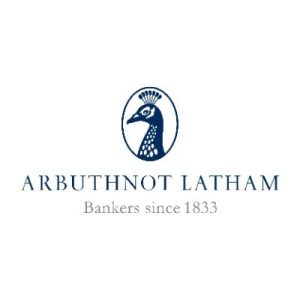Arbuthnot Banking Group plc (LON:ARBB) 2022 results delivered the expected strong profit and franchise growth (pre-tax profit up from £4.6m to £20m). Core business profitability increased primarily because of widening spreads increasing the value of deposits. Core credit quality remained good. The scale of growth has been driven by the way in which ABG has managed its franchise, building a relationship bank with less price-sensitive deposits. In recent years, Arbuthnot Banking Group has invested in multiple, new, specialised SME financing businesses. These delivered franchise/profit growth in 2022. There is no Silicon Valley Bank (SVB) read-across. The dividend rose by more than expected, and the medium-term Return on Capital (RoC ) target was achieved early.
- New franchise growth: Asset-Backed Lending profits grew from £4.7m to £5.2m. RAF lending increased from £97m to £134m. Excluding the gain on purchase, Asset Alliance saw losses reduce from £4.8m to £2.1m. Internal funding costs grew by £8.8m, giving a £10m total 2022 “new unit” profit uplift.
- Balance sheet strength: End-2022 loans were £2.04bn (2021: £1.87bn), and deposits were £3.09bn (2021: £2.84bn). Unlike SVB, surplus liquidity is deployed primarily in accounts with the Bank of England (£0.7bn), and not in mis-matched duration government bonds. The total capital ratio was 14.0% (2021: 14.9%).
- Valuation: Our multiple approaches see a broad range of valuations: £11.58 DDM, £27.46 SOTP and £23.15 GGM. The average is £20.73, up from £16.67, reflecting the results, and moving forward the base year. Trading at 66% of NAV is anomalous with above cost of capital returns.
- Risks: The trend, and level, of interest rates will determine short-term profitability. Credit is a risk, but all the metrics remain positive. ABG is very conservative in lending. Its financial strength means that it can take time to optimise recoveries. Other risks include reputation, regulation and compliance.
- Investment summary: ABG offers strong-franchise and continuing-business (normalised) profit growth. Its balance sheet strength gives it a number of wide-ranging options to develop organic and inorganic opportunities. The latter are likely to increase in uncertain times. Management has been innovative, but also very conservative, in managing risk. Having a profitable, well-funded, well-capitalised and strongly growing bank priced below book value is an anomaly.


